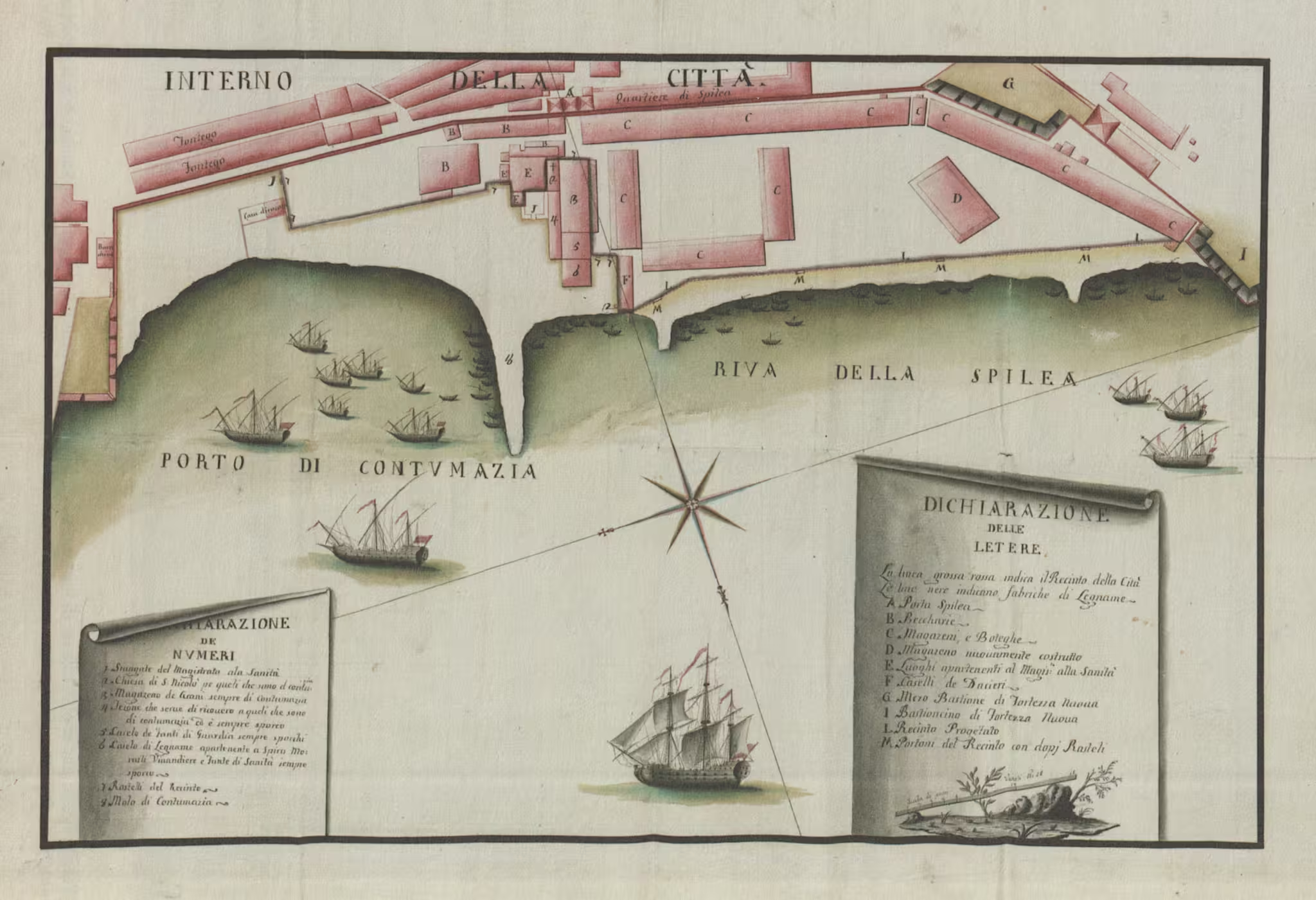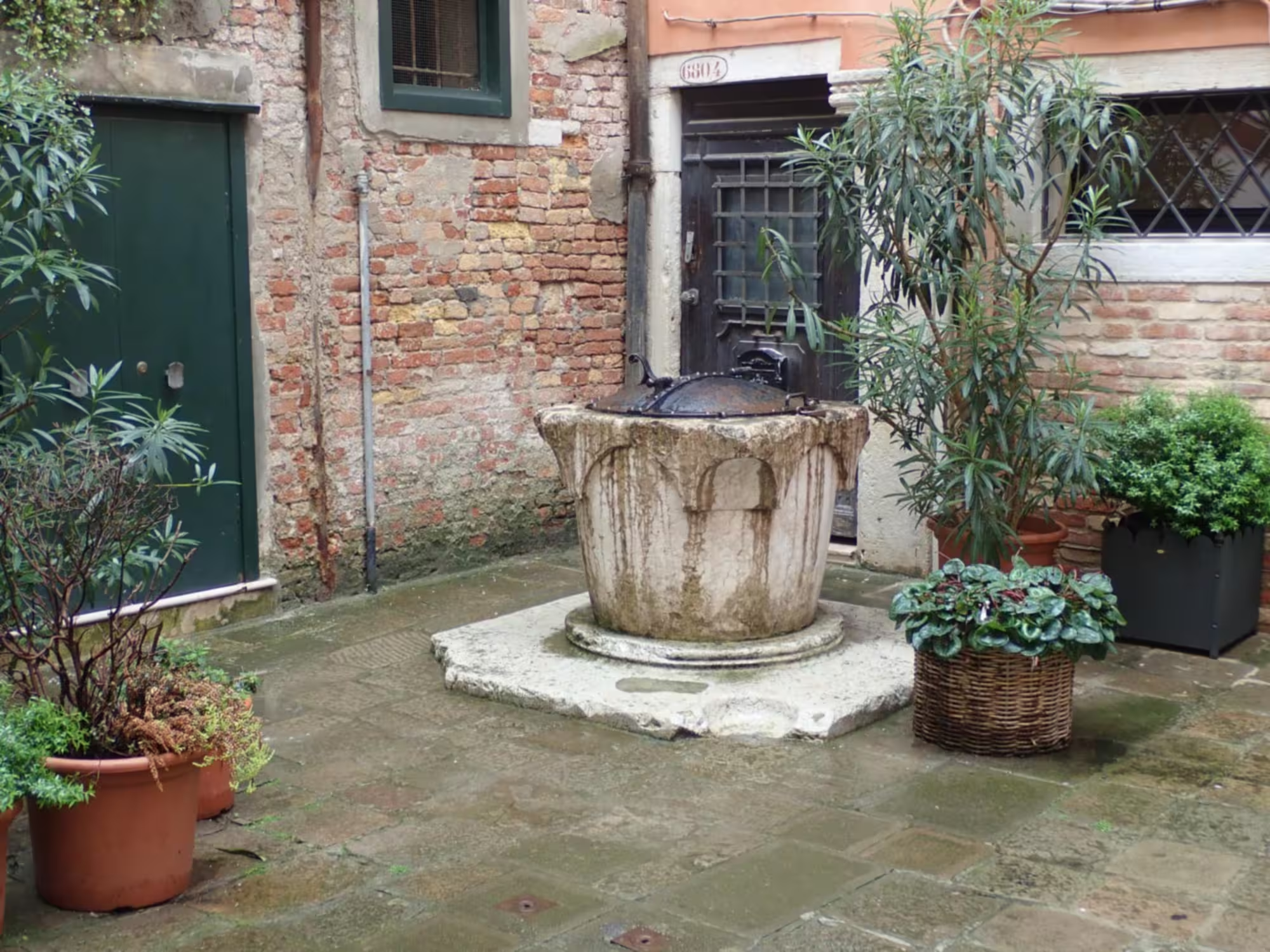Biographies are not my greatest passion, by somehow individuals keep popping up in history, so of course there are some articles about individuals here too.
1200s
- Jacopo Tiepolo (c.1170–1249) : the 43rd doge of Venice — read more.
1300s
- Marin Falier (1274–1355): a doge tried and executed for treason — read more.
1400s
- Bartolomeo Colleoni (c.1400–1475): a mercenary general from Bergamo — read more.
1500s
- Angela dal Moro aka Zaffetta: a famous courtesan, painted by Titian — read more.
- Bianca Cappello (1548-1587): Venetian noblewoman, who eloped with her lover as a teenager, and became Grand Duchess of Tuscany — read more.
- Giacomo Franco (1550–1620): Engraver and publisher, including collections of prints of Venetian dress and customs — read more.
- Veronica Franco (1553–1591): Venetian poetess and courtesan — read more.
1600s
- Paolo Sarpi (1552–1623): a priest and scholar which the Catholic Church tried to assassinate in 1607 — read more.
1700s
- Rosalba Carriera (1673–1757): a very popular Rococo portrait painter — read more.
- Gaetano Zompini (1700–1778): painter and engraver, famous for his acqueforti of common people on the streets of Venice — read more.
- Giovanni Grevembroch (1731–1807): house artist to N.H. Pietro Gradenigo — read more.
- Domenico Pizzamano (1748–1817): a nobleman who crossed Napoleon in 1797 — read more.
1800s
- Luigi Scolari (c.1843–1859): a student killed by Austrian soldiers in 1859 — read more.
- Giuseppe Tassini (1827–1899): scholar and prolific writer on Venetian history, in particular Curiosità Veneziane — read more.
Lists
In the lists section of this website there are, among others, lists of:
- Doges of Venice
- Bishops of Venice
- Patriarchs of Grado and Venice
- Podestà and Mayors of Venice
- Families in the Venetian Nobility





Leave a Reply